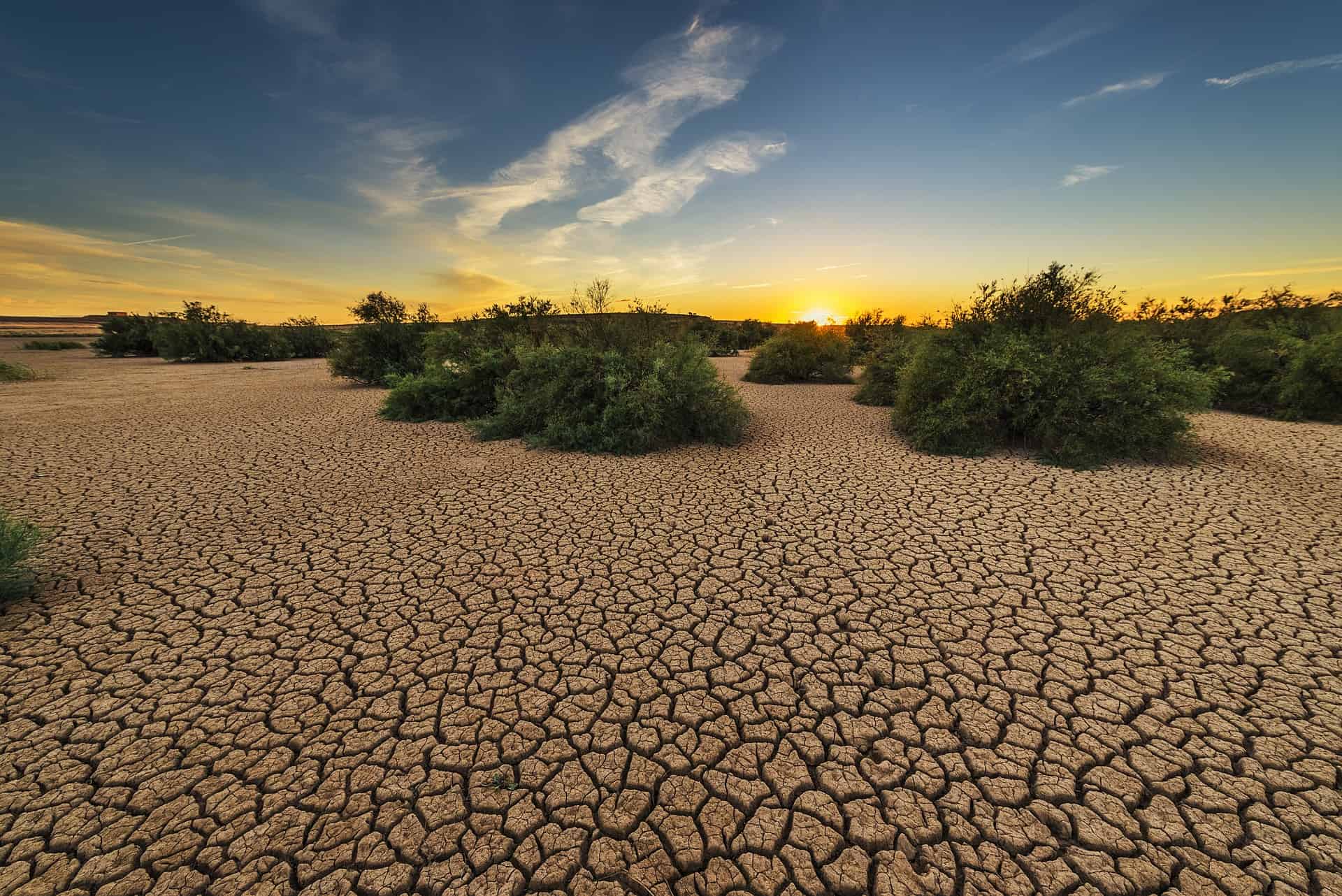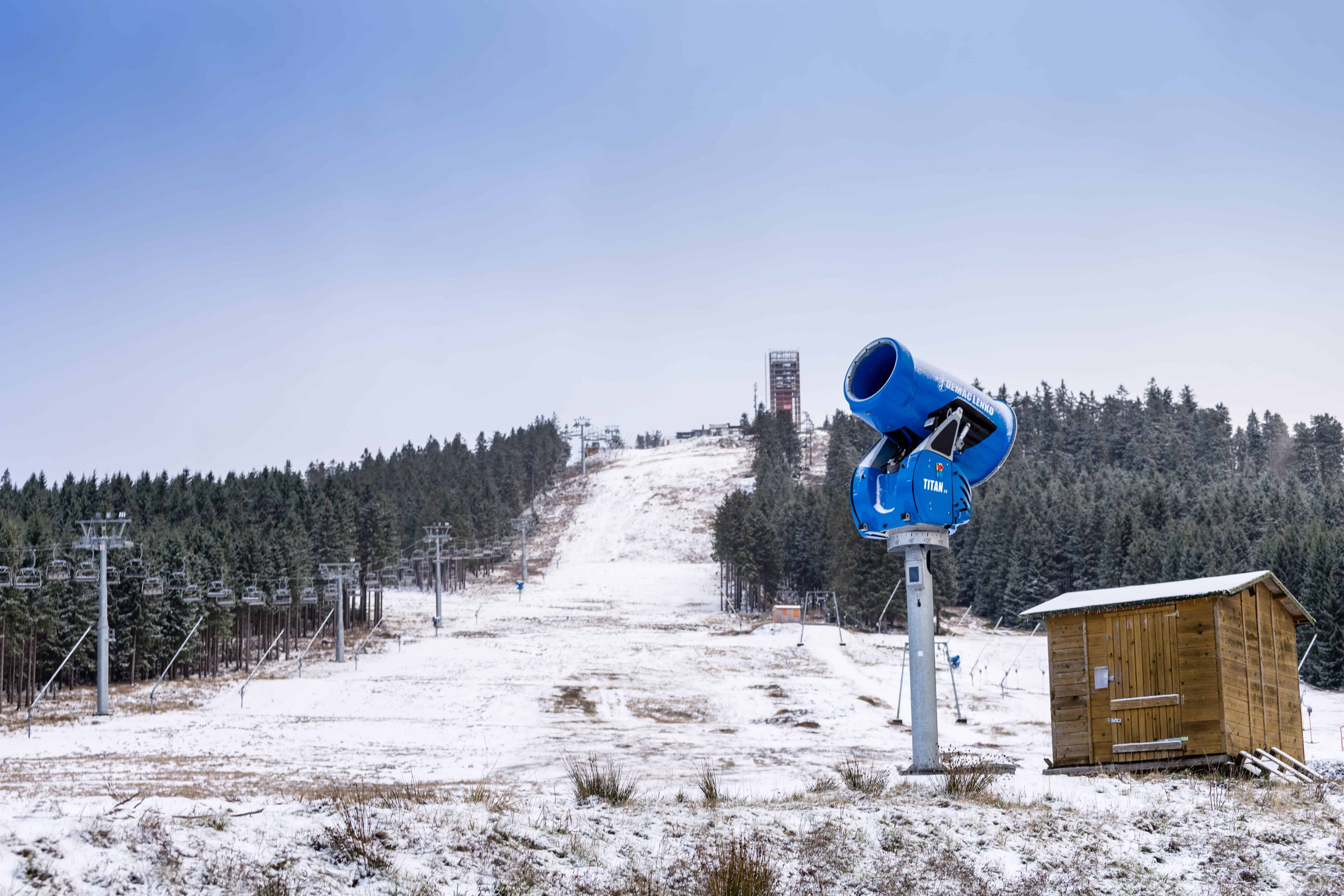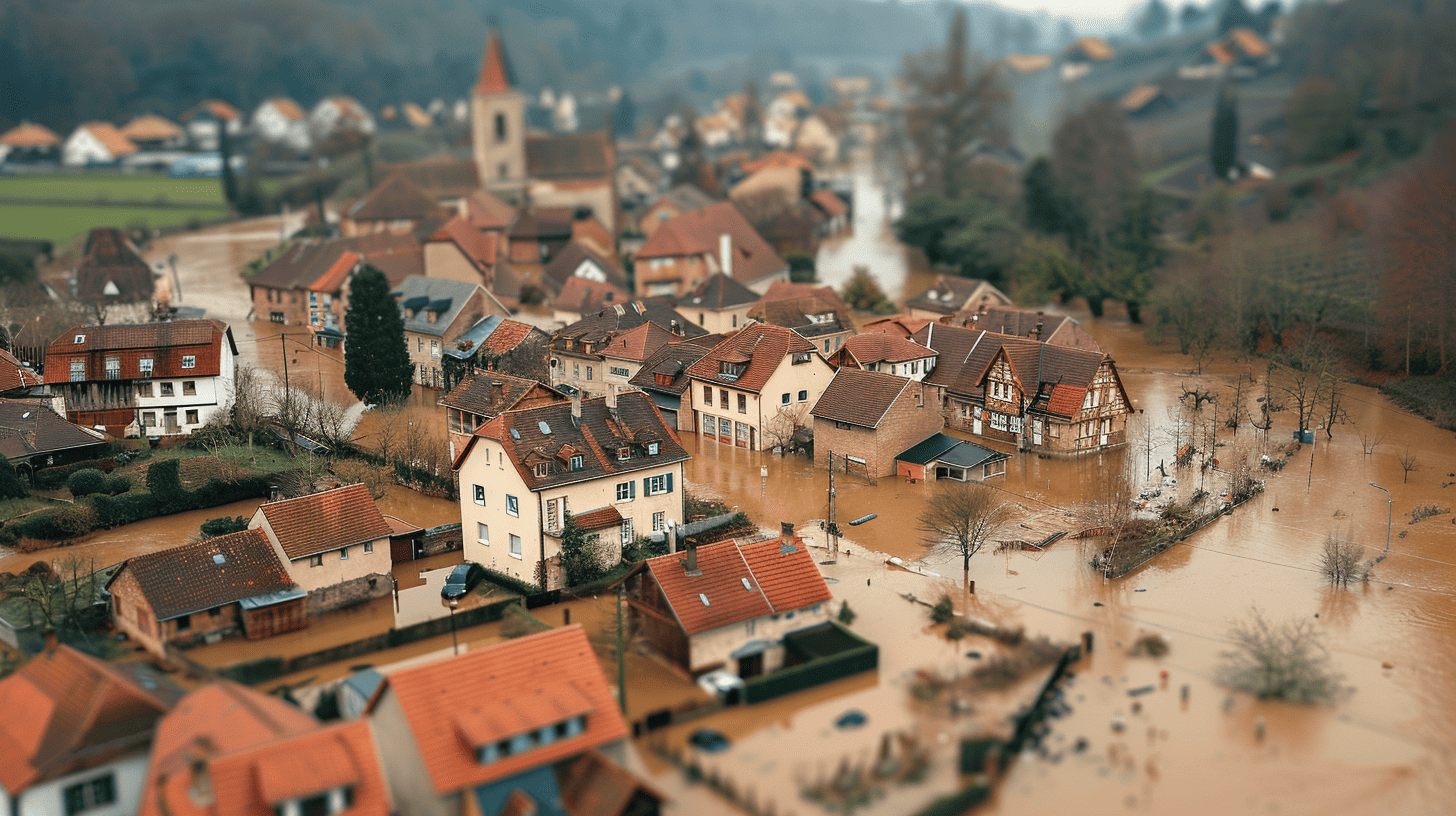
- A recent study has discovered that the world’s large lakes shrunk with 53% between 1992 and 2020.
- The decline in freshwater sources is not only limited to arid regions. The study reports significant water loss in humid areas, which Yao emphasises as an issue that “should not be overlooked”.
A recent study has discovered that over half of the world’s large lakes are experiencing significant water loss, with 53% of lakes shrinking between 1992 and 2020. The main cause is climate change, which is exacerbating water scarcity concerns for agriculture, hydropower, and human consumption. An astonishing 22 gigatonnes of water has been lost per year, equivalent to 17 times the volume of Lake Mead, the US’s largest reservoir.
The research, led by surface hydrologist Fangfang Yao from the University of Virginia, highlights that 56% of the decline in natural lakes is driven by climate warming and human consumption, with warming playing the larger role. The study also stresses the importance of addressing water loss in humid regions and urges action to prevent global warming from exceeding 1.5°C to avoid catastrophic consequences.


Declining Freshwater Sources: A Global Concern
Researchers analysed satellite measurements, climate, and hydrological models of nearly 2,000 large lakes, which account for 96% of Earth’s natural lake storage and 83% of reservoirs. They found that some of the world’s most vital freshwater sources, including the Caspian Sea between Europe and Asia and South America’s Lake Titicaca, are losing water at an alarming rate. Spain’s reservoirs in northeastern Catalonia, for example, are only 26% full after months of drought, compared to being 58% full in 2022. Italy’s Lake Garda has seen its water level drop by 50% compared to 2022 due to severe droughts.
This decline in freshwater sources is not only limited to arid regions. The study reports significant water loss in humid areas, which Yao emphasises as an issue that “should not be overlooked”. Drying lakes threaten drinking water supplies, irrigation systems, local ecosystems, and migrating birds, while also causing dust storms. With one-quarter of Earth’s population living in basins experiencing lake water loss, the consequences of these shrinking lakes are far-reaching.
Causes: Climate Warming and Human Consumption
Climate warming and human consumption are the two main factors driving the decline in natural lakes. The study found that unsustainable human activities, such as over-extraction of water, led to the drying up of lakes like the Aral Sea in Central Asia and the Dead Sea in the Middle East. Meanwhile, lakes in Afghanistan, Egypt, and Mongolia have been affected by rising temperatures, resulting in increased water loss to the atmosphere.
Sediment buildup was identified as the primary driver of water loss in reservoirs. Dam construction in remote areas, like the Inner Tibetan Plateau, has contributed to water level increases in 25% of lakes. Despite these increases, the overall trend shows a concerning loss of freshwater sources globally, which has serious implications for agriculture, hydropower, and human consumption.

Call for Action: Preventing Further Water Loss and Global Warming
Scientists and campaigners have long emphasised the need to prevent global warming beyond 1.5°C to avoid the most devastating consequences of climate change. Currently, the world is warming at a rate of approximately 1.1°C. To address the issue of declining freshwater sources, it is crucial to take action in mitigating climate change and regulating human consumption.
Efforts to reduce greenhouse gas emissions, invest in renewable energy sources, and implement sustainable water management practices are essential steps in tackling this global crisis. The alarming findings of Yao’s study serve as a stark reminder of the urgent need for action, as the world’s freshwater sources continue to decline at an unsustainable rate.
Sources Laio used to write this article:
- Satellites reveal widespread decline in global lake water storage.
- More than half of the world’s large lakes are drying up.
- Half of world’s largest lakes, reservoirs losing water.








